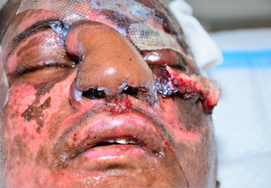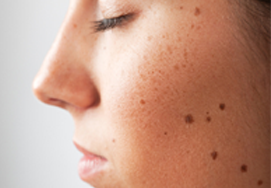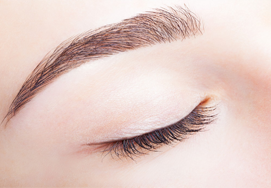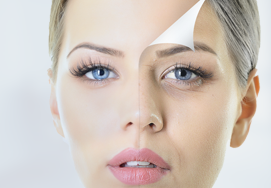Ear Contour Correction

- What is Microtia and anotia reconstruction?
- What are the types of the surgery?
- Who would be eligible for the surgery?
- How to prepare for the surgery?
- What happens during the surgery?
- What is the aftercare of the surgery?
- What are the post surgical recommendations?
What is Microtia and anotia reconstruction?
These defects are birth defects involing the exteral ear. Usually, the external ear is affected, and the parts of the inner ear remain normal. Right ear is most commonly affected than the left one.
Microtia is a condition where the external ear is udeveloped at birth.
Anotia refers to absence of the external ear, is the most severe form of microtia, is associated with low hairline
Incidence and possible causes of Microtia
Microtia occurs more commonly in males and on the right side (unilateral). Approximately 10% may occur on both sides (bilateral).
Although causes of microtia and other ear deformities are difficult to define, some theories include a decreased blood supply to the developing ear in-utero. The causes of microtia and anotia are unknown, but some of the causes are the drugs taken during pregnancy and genes of the fetus. The newborn is at an increased risk of the defect when the maternal diet is low in carbohydrates and folic acid. Correction of microtia and anotia may require surgical reconstruction.
Microtia usually occurs as an isolated deformity although it can present itself as part of a spectrum of other deformities, either minor or major such as hemifacial microsomia, Goldenhar syndrome and Treacher-Collins syndrome. Most patients with the most severe form of microtia also lack an external auditory canal, also known as “atresia”.
What are the types of the surgery?
There are two types of surgical techniques used to treat microtia and anotia which include the following:
Autologous costal cartilage graft: The autologous costal cartilage graft is the gold standard and the most widely accepted technique. The technique involves using cartilage from your child’s ribcage to reconstruct the ear.
Porous high-density polyethylene implant: The technique involves using a plastic implant to reconstruct the ear. Therefore, does not require rib harvest and can be done at a much earlier age (4 to 6 years)
Who would be eligible for the surgery?
Individuals with microtia and anotia are suitable for the surgery. The surgery is performed based on the severity of the defect and the age of the child. Children within the age group of 8 to 10 years are suitable for the surgery
How to prepare for the surgery?
Blood work and anaesthetic fitness has to be completed
Your child should avoid eating any solid food before 8 of the surgery. Ask your child to drink clear fluids like water and apple juice up to 2 hours before the arrival to the hospital. It is advisable for the child to take a bath the night before the surgery. Any medications to be taken as advised by the physician should be consumed only with a sip of water. Your surgeon will discuss the medical condition of your child and enquires to clarify any doubts about the surgery.
What happens during the surgery?
Autologous reconstruction: Your child will be given general anesthesia. This surgical procedure involves 2 to 3 steps and it may take about 6 to 9 months for completion.
In the 1st step, the child’s rib cartilage is taken and is implanted under the skin. The ear lobe, which is not in its correct place, is rotated and fixed.
In the 2nd stage, the ear framework which was buried under the scalp is elevated, and a skin graft is performed. In this stage, the ear looks the same way as it were to look naturally.
In the 3rd surgery, the earlobe is made visible.
This surgery is performed when the child is 10 years old facilitating the growth of the ear cartilage.
Porous high-density polyethylene implant: The procedure may take about 5 to 6 hours to complete and involves only one surgery. Your child will be given general anesthesia. An implant made of high density polyethylene is used instead of rib cartilage. Then, the implant is covered with the temporaoparietal fascial flap and then skin grafted that is taken either from scalp, abdomen or any other part. The advantage is it can be done at an earlier age. It does not require harvest of cartilage from the ribs.
But implant infection and exposure are potential risks.
What is the aftercare of the surgery?
Your child will be shifted to the normal ward after the anesthesia effect wades off. Give a normal diet to your child, do not over feed or force as the child would be nauseous. The child would be less energetic and less hungry during the first 3 days of the surgery.
What are the post surgical recommendations?
The child may have pain and swelling which will become normal in a few days. Pain medications are given to deal with the pain. The child should be taken for post surgical dressings till the visible wound healing is identified.













